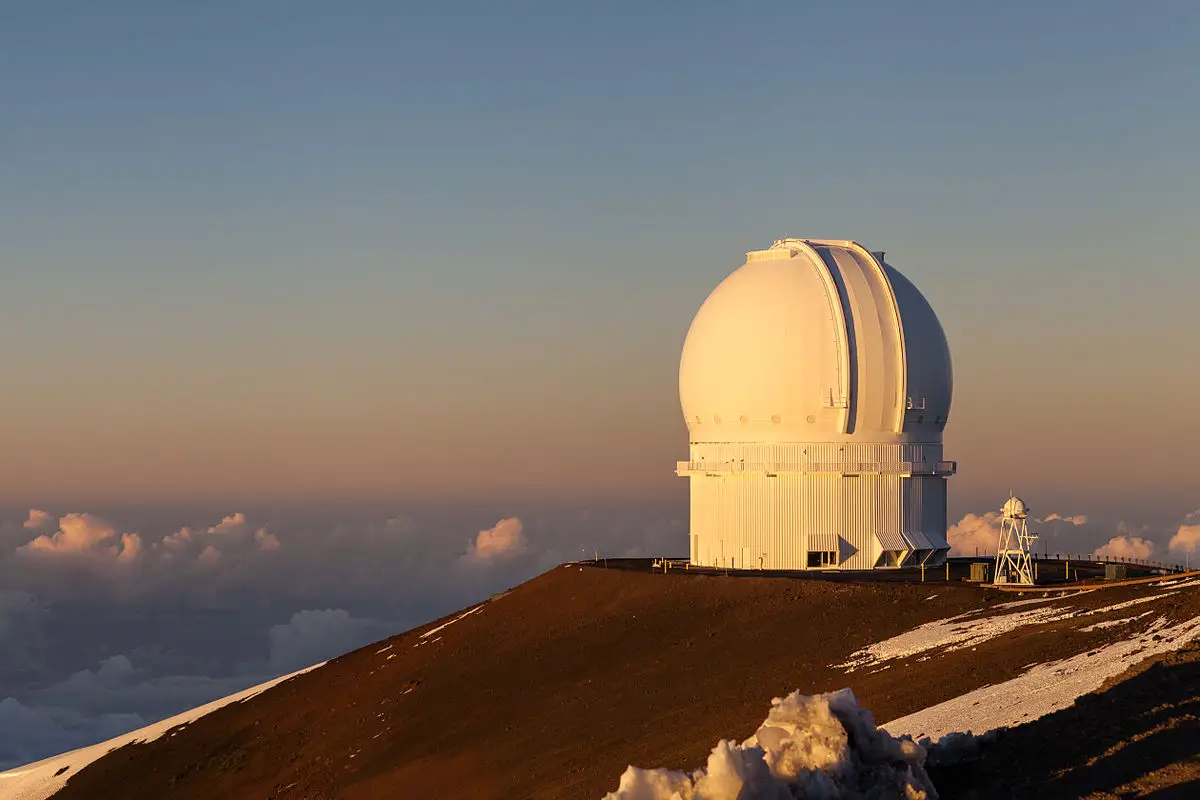The issue surrounding the construction of the Thirty Meter Telescope (TMT) on Mauna Kea, a holy mountain for Native Hawaiians, has been making news over the past few years. There have been protests and court challenges regarding the construction of the telescope on Mauna Kea. But the question that everyone seems to be asking is, why is this effort getting so much backlash?
To begin, it is essential to have a solid comprehension of the significance that Mauna Kea holds for the Native Hawaiian population. On the slopes of the mountain are several shrines and burial grounds, indicating that it has been used as a location of cultural and spiritual significance for many decades, if not centuries. It is thought to be the dwelling place of the goddess Poli’ahu and is regarded as a connection between the physical world and the spiritual realm. It is for this reason that the building of the TMT on the mountain is seen to be a sacrilege of holy ground.
The second point of contention is that the Native Hawaiian villages were not consulted throughout the planning stages of the TMT project. Many Native Hawaiians have the impression that their voices have been disregarded, despite the fact that the Constitution of the State of Hawaii and international law both stipulate that consultation with the community is required before major decisions are made. As a consequence of this, there have been demonstrations and attempts to stop the road that leads to the construction site for the TMT.
Thirdly, there are worries regarding the TMT’s potential effects on the natural ecosystem of Mauna Kea. There are a number of endangered species that call the mountain their home, including the Hawaiian honeycreeper and the Hawaiian petrel. The building of the TMT has the potential to be detrimental to these species as well as the sensitive environment that the mountain supports.
Lastly, there are concerns regarding whether or not the TMT initiative is operating within the bounds of the law. The Supreme Court of Hawaii has declared that the state did not follow correct procedures when it issued permits for the TMT, and other Native Hawaiian groups have filed legal challenges against the project.
In conclusion, the dispute surrounding the Hawaiian telescope is a complicated topic that touches on concerns relating to the preservation of culture, the protection of the environment, and legal rights. It is essential to take into consideration the effects that the TMT project will have on the environment as well as the Native Hawaiian people even though it may have scientific advantages. The debate that has surrounded the TMT has brought to light the necessity of conducting respectful consultations with underrepresented populations and the significance of striking a balance between the advancement of scientific knowledge and the protection of cultural and natural resources.
![]()
